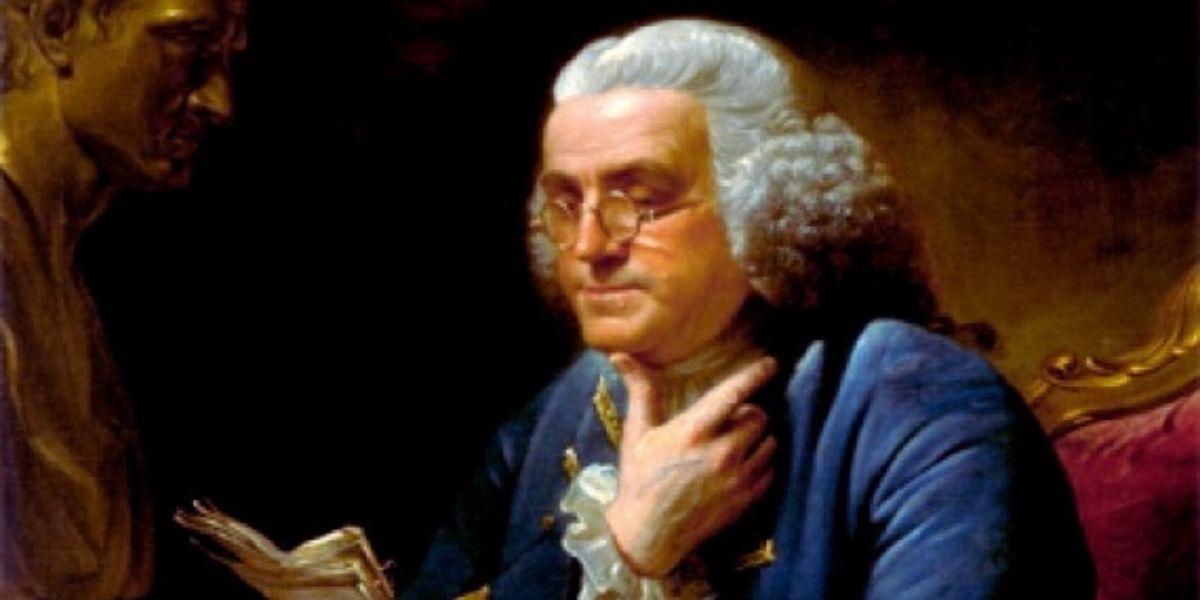Corrective lenses have been around longer than many people think. As a matter of fact, vision-correcting tools have been around since the early 60 A.D. to help them see. At that time, the Roman philosopher Seneca was known to use a glass globe of water to magnify text, while Emperor Nero required a magnifying emerald to watch gladiator fights. Due to all the innovations since then, we don’t have to depend on water bowls or jewels, and it’s interesting to see how it has evolved since then.
Advancements In Corrective Lenses
- According to LASIK eye doctors in Orange County, during the 10th century, monks in Europe invented the next significant advancement in technology for helping vision. They had to see small details to do their amazing illuminated calligraphy work, and so they used polished domes of transparent quartz known as ‘reading stones.’
The laser eye surgery doctors tell us it would be another few centuries before anyone tried to fix reading stones on wearable frames for more accessibility. Doctor Moosa, a premier LASIK surgeon in Orange County, informs us that the inventor’s identity of these early eyeglasses is not known, even though a Florentinian named Salvino D’armati is often credited for it.
Eyeglasses Were Only For the Wealthy
LASIK eye doctors in Orange County tell us that when eyeglasses were first invented, they could only be produced from very costly materials such as crystal, making them a status symbol for the wealthy and too expensive for the average person. Nevertheless, with the soaring literacy rates in Europe after the invention of the printing press in 1440, demand for affordable reading glasses grew. They began using glass to create the lenses, which was more affordable than crystal.
Folding Frames and Prescription Lenses
As LASIK experts in Orange County point out, eyeglasses still have a long way to go. The frames weren’t like contemporary ones; they had to sit on the nose or be held with a handle, and glass blowers who made the lenses couldn’t refine them very much for people with various refractive errors. Eventually, eyeglasses became hands-free in the 1700s when the temples (the portion that extends back past the ear) were added.
Benjamin Franklin was the person who invented the bifocals, and that was also when hinges were introduced so that glasses could be folded and stored more easily. Eye doctors continually enhanced lenses to patients’ individual needs, including cylindrical lenses to correct astigmatism in the early 1800s. Finally, in 1862, Dutch eye doctor Herman Snellen invented the “big E” chart standardizing vision correction.
Modern Day Eyeglasses
Nowadays, we are very fortunate to receive eyeglasses or contact lenses that precisely address vision issues. We can also select from various materials and coatings and different shapes and colors to suit our styles and tastes. LASIK is a great option to give you freedom when you get fed up with wearing spectacles or contact lenses. Contact Eye Excel Vision Institute in Orange County to ask about the laser eye surgery cost.
